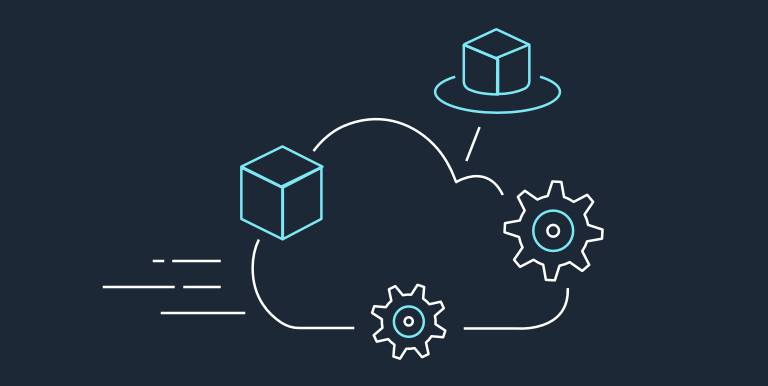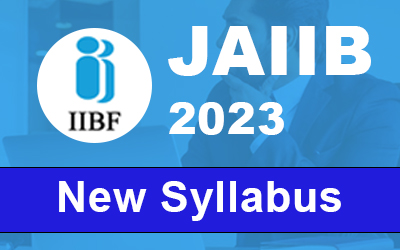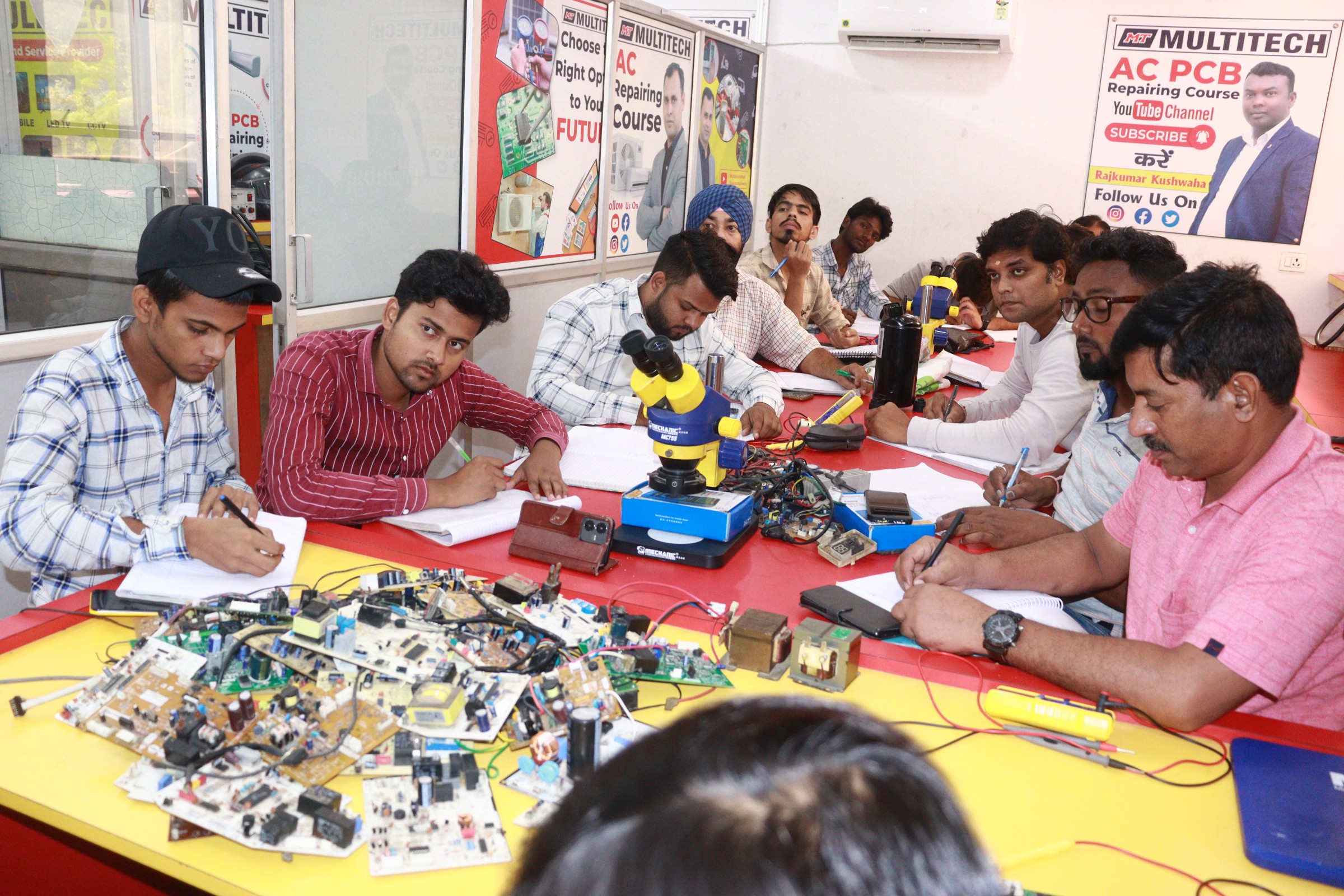Full Stack Development has become a buzzword in the tech industry, representing a comprehensive skill set that every modern developer aspires to possess. From crafting visually appealing interfaces to managing databases and server-side logic, a Full Stack Developer is a versatile professional capable of handling the entire development process. In this article, we will delve into the world of Full Stack Development courses, exploring the components, benefits, challenges, and future prospects of pursuing such a program.
Introduction
Definition of Full Stack Development
Before we dive into the nuances of Full Stack Development courses, let’s establish a clear understanding of what Full Stack Development entails. In essence, a Full Stack Developer is an individual with expertise in both front-end and back-end development, capable of working on all aspects of a software application.
Importance of Full Stack Development in Today’s Tech Landscape
In today’s rapidly evolving tech landscape, companies seek professionals who can bridge the gap between design and functionality. Full Stack Developers are in high demand due to their ability to contribute to every phase of the development life cycle, making them invaluable assets to tech teams.
Components of Full Stack Development
Front-end Development
Front-end development involves creating the visual elements of a website or application that users interact with. This includes using languages like HTML, CSS, and JavaScript, along with popular frameworks such as React and Angular.
Back-end Development
On the flip side, back-end development focuses on server-side logic, databases, and application architecture. Full Stack Developers are well-versed in server-side languages like Node.js, Python, or Ruby, and are proficient in managing databases like MySQL or MongoDB.
Server, Hosting, and Deployment
Understanding server architecture, choosing the right hosting platform, and deploying applications efficiently are crucial aspects of Full Stack Development. Developers need to comprehend the intricacies of hosting and deploying to ensure smooth user experiences.
Full Stack Development Courses
Online Learning Platforms
Numerous online learning platforms offer Full Stack Development courses, catering to both beginners and experienced developers. Popular platforms include Udemy, Coursera, and LinkedIn Learning, alongside specialized coding bootcamps that provide intensive, hands-on training.
Key Features of Full Stack Courses
Successful Full Stack Development courses incorporate hands-on projects and real-world applications to provide practical experience. Additionally, these courses are led by experienced instructors who bring industry-relevant content to the table, ensuring that learners acquire skills applicable to the job market.
Benefits of Pursuing a Full Stack Development Course
Versatility and Job Opportunities
One of the primary advantages of becoming a Full Stack Developer is the versatility it offers. With expertise in both front-end and back-end technologies, developers can take on a wide range of projects, making them highly sought after in the job market.
Continuous Learning and Adaptability
Full Stack Developers are inherently curious and adaptable individuals. The continuous evolution of technology requires them to stay updated with the latest trends and tools, ensuring they remain competitive in the ever-changing tech landscape.
Challenges and Solutions
Information Overload
A common challenge faced by aspiring Full Stack Developers is the overwhelming amount of information. Striking a balance between theoretical knowledge and practical application is essential, as is breaking down complex concepts into digestible parts.
Time Management
Learning Full Stack Development demands effective time management. Structuring learning schedules, balancing work, study, and personal life are vital for success in the course.
Success Stories
Profiles of Successful Full Stack Developers
To inspire aspiring Full Stack Developers, let’s explore the profiles of successful individuals who have navigated the Full Stack Development journey. We’ll examine their educational backgrounds, the paths they took, and how they overcame challenges to reach where they are today.
Industry Trends in Full Stack Development
Emerging Technologies
The Full Stack Development landscape is constantly evolving, with emerging technologies shaping its future. Artificial Intelligence, Machine Learning, Blockchain, and decentralized applications are becoming integral parts of Full Stack projects.
Remote Work and Collaboration
The rise of remote work has also impacted Full Stack Development. Developers now rely on tools and platforms for effective collaboration, fostering teamwork and innovation in a virtual environment.
Future Prospects for Full Stack Developers
Evolving Job Roles
As technology advances, so do the roles within Full Stack Development. Specializations are emerging, providing opportunities for developers to focus on specific areas of expertise. Leadership roles are also becoming more accessible to experienced Full Stack Developers.
Conclusion
In conclusion, the journey of becoming a Full Stack Developer is rewarding and filled with opportunities for growth. The ability to contribute to all aspects of software development makes Full Stack Online Course a valuable investment in one’s career. Whether you’re a beginner or an experienced developer looking to upskill, embarking















